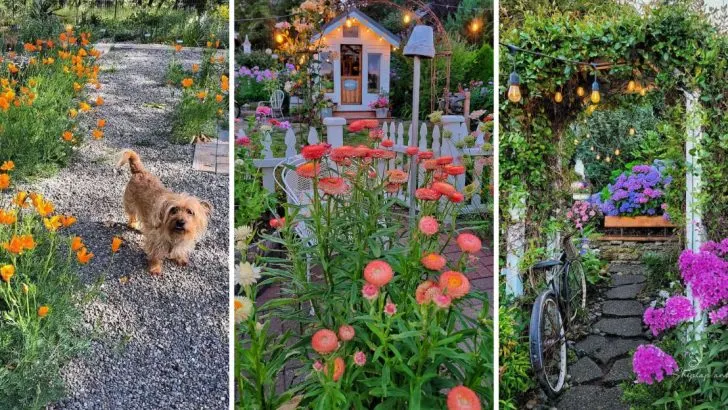Wildflower gardens are a delightful way to bring natural beauty, vibrant colors, and beneficial pollinators to your yard. With their low-maintenance appeal and ecological benefits, they can transform any outdoor space into a stunning oasis.
From sprawling meadows to charming container displays, there are countless ways to incorporate wildflowers into your landscape.
Whether you’re aiming for a rustic countryside vibe or a carefully curated native plant display, these 14 wildflower garden ideas will inspire you to create a space that’s not only visually striking but also a haven for wildlife.
The Butterfly Haven
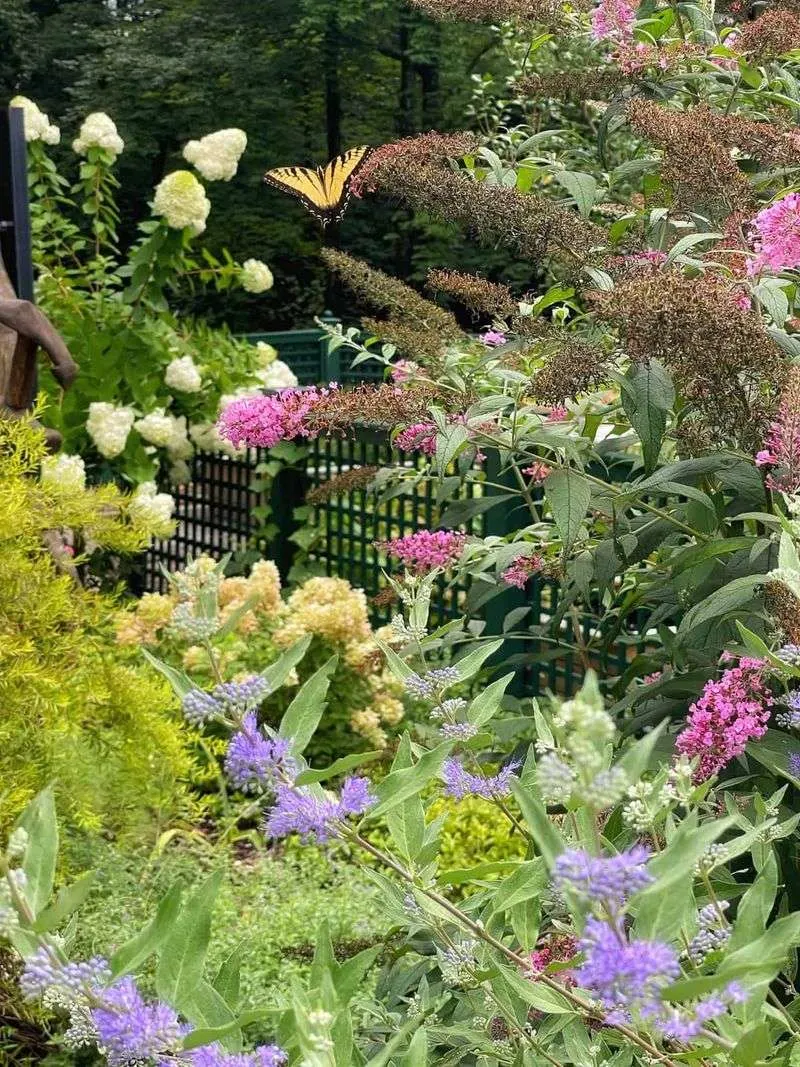
A garden alive with butterflies is not only enchanting but also beneficial for the environment. By planting milkweed, coneflowers, and black-eyed Susans, you create a haven for these delicate creatures. Each flower serves as both a food source and a habitat, inviting a flurry of activity to your yard.
Not only do butterflies add beauty, but they also play a crucial role in pollination, keeping your garden thriving. Strategically placing flat stones provides sunny perches for butterflies to rest and warm up. The presence of water, like a shallow dish, ensures they stay hydrated and active.
Rustic Cottage Charm
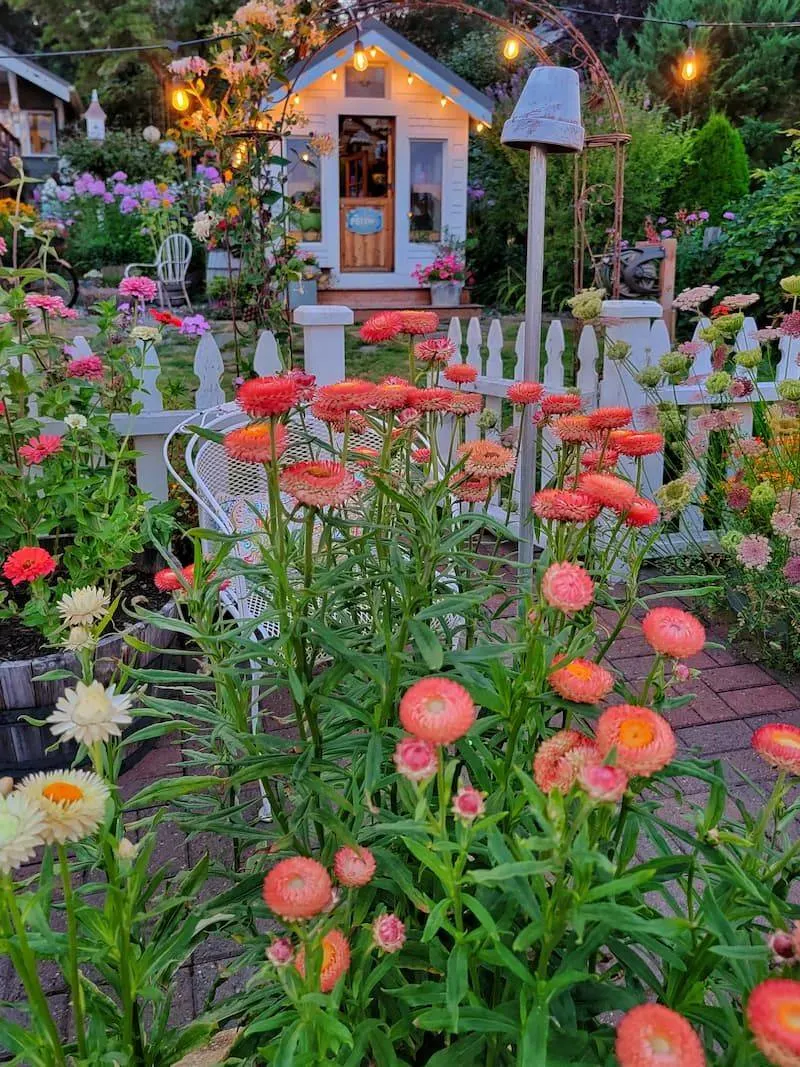
Channeling the quaint charm of a countryside retreat, this wildflower garden idea embraces a more relaxed and informal look. Imagine a riot of color with daisies, cornflowers, and poppies mingling freely. Adding a rustic wooden fence or a stone pathway can enhance the cottage feel.
This style thrives on a blend of colors, heights, and textures, creating a seemingly spontaneous yet harmonious display. To complete the picture, consider incorporating vintage garden tools or decorative elements like a weathered bench. These personal touches make the garden feel like a natural extension of your home’s charm.
Meadow Magic
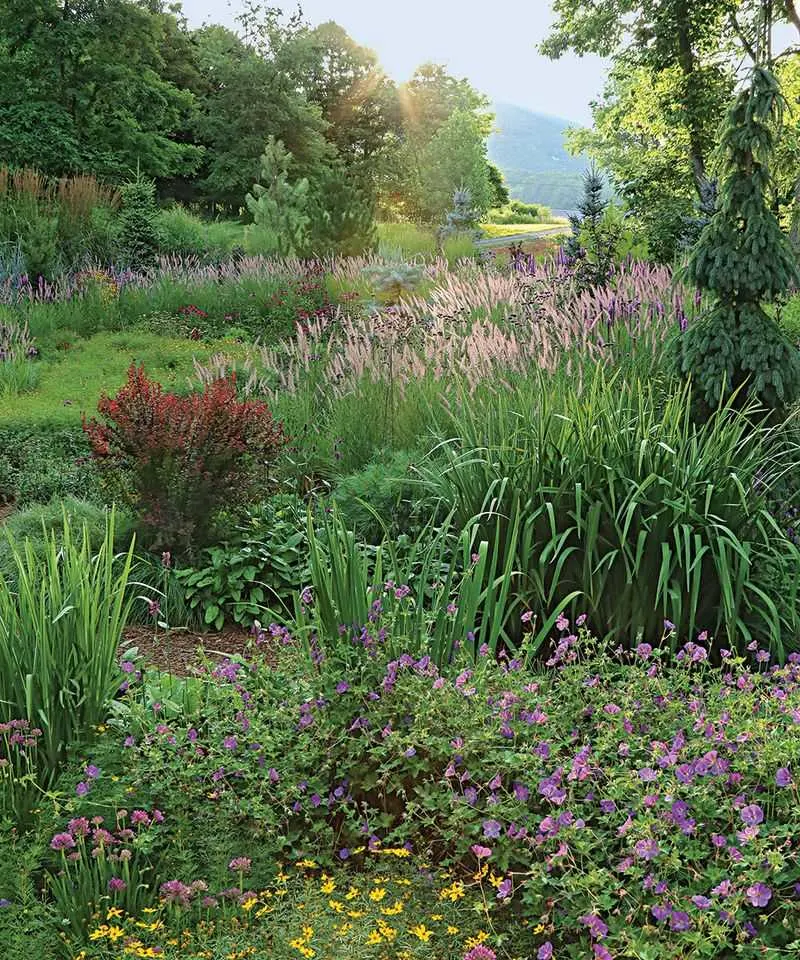
Transforming a section of your yard into a meadow can create a serene and naturalistic scene. Use a blend of native wildflowers and grasses to offer a habitat for wildlife and a retreat for the senses. This approach requires minimal maintenance, thriving on natural rainfall and sunlight.
The key is to choose hardy species adapted to your local climate, allowing the meadow to evolve with the seasons. Paths mowed through the meadow invite exploration without disturbing the natural growth. A meadow garden becomes a living tapestry, changing with the light and weather, always offering something new to discover.
Rocky Terrain Elegance
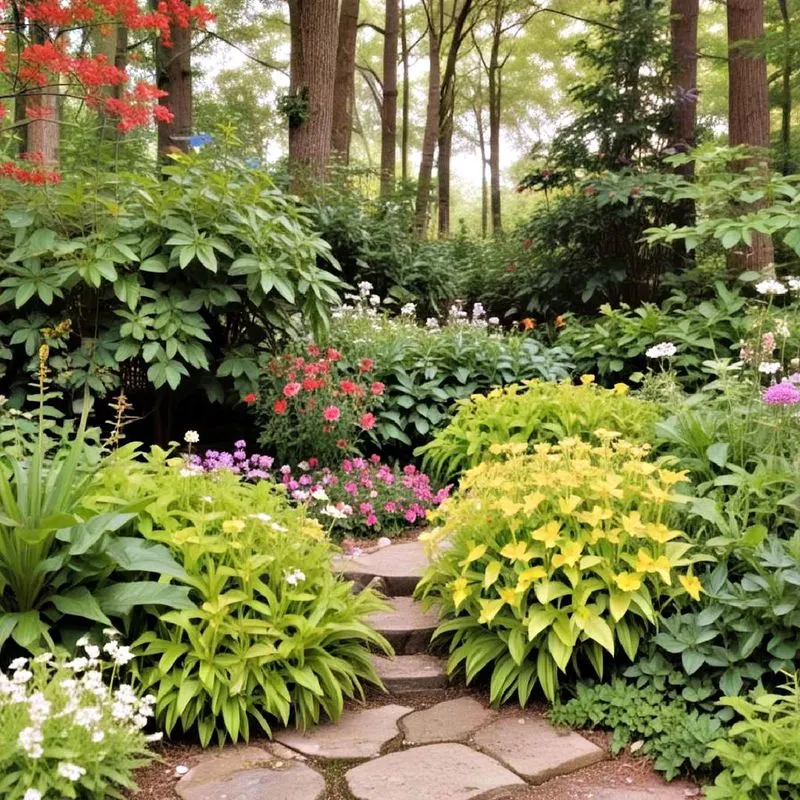
Incorporating wildflowers into rocky or sloped areas can provide stunning aesthetics and practical benefits. Flowers like columbines and phlox thrive in these settings, adding vibrant splashes of color among the stones. The varied elevations and textures offer visual interest, making your garden look dynamic and unique.
Such a garden reduces erosion and allows for efficient water drainage, proving both beautiful and functional. By selecting plants that naturally thrive in rocky environments, you ensure a hardy garden that requires minimal intervention. This rugged elegance offers a distinct charm, drawing the eye and inviting closer inspection of its intricate layers.
Waterfront Wildflower Fantasy
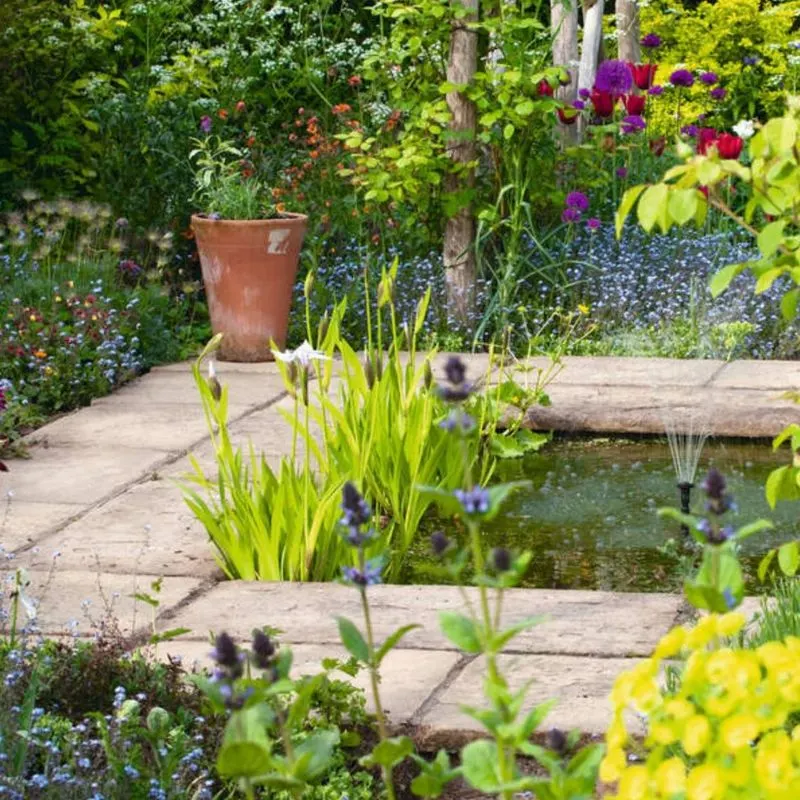
Enhance the beauty of a pond or stream by planting wildflowers along its banks. Flowers like marsh marigolds and cardinal flowers thrive in moist soil, providing bursts of color against the water’s edge. This setting creates a tranquil retreat, where the gentle sounds of water complement the vibrant visuals.
The combination of water and wildflowers attracts a variety of wildlife, from dragonflies to birds, enriching the ecosystem. A waterfront garden invites relaxation and reflection, offering a peaceful escape from the everyday hustle. Regular trimming keeps the area tidy, ensuring the natural beauty remains unobstructed.
Desert Bloom Oasis
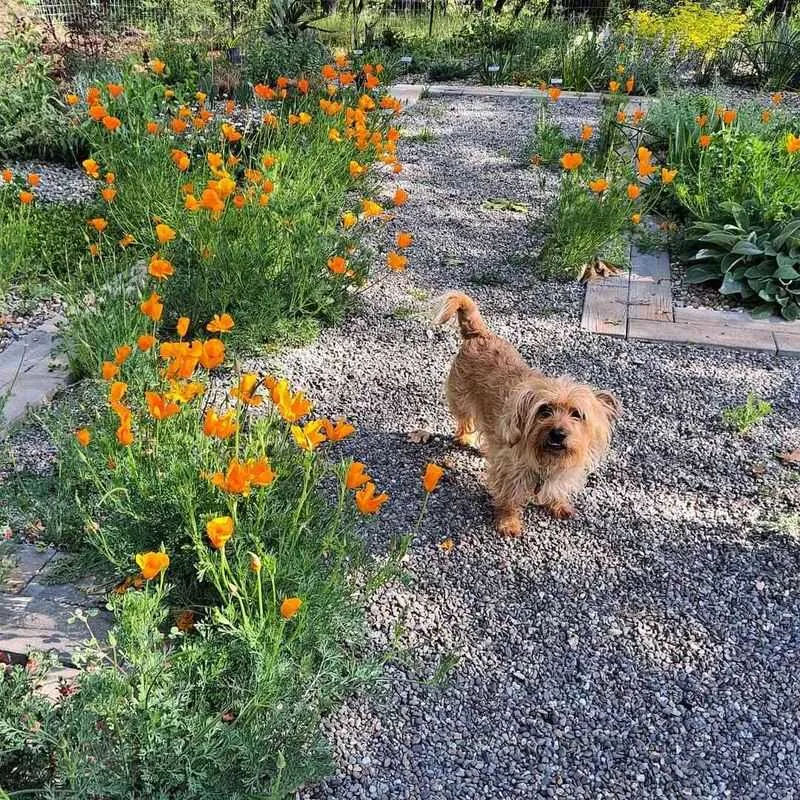
Even in arid regions, wildflowers can offer bursts of color and life. By incorporating drought-tolerant species like desert marigold and penstemon, you can create a sustainable and vibrant garden. These plants are adapted to thrive in sandy soils and under intense sunlight, requiring minimal water. The juxtaposition of colorful blooms against the stark beauty of cacti and succulents makes for a striking visual display.
This type of garden not only conserves water but also supports local wildlife, offering nectar and seeds to birds and insects. Embracing the desert’s unique beauty, a well-planned wildflower garden can flourish even in challenging climates.
Shaded Woodland Retreat
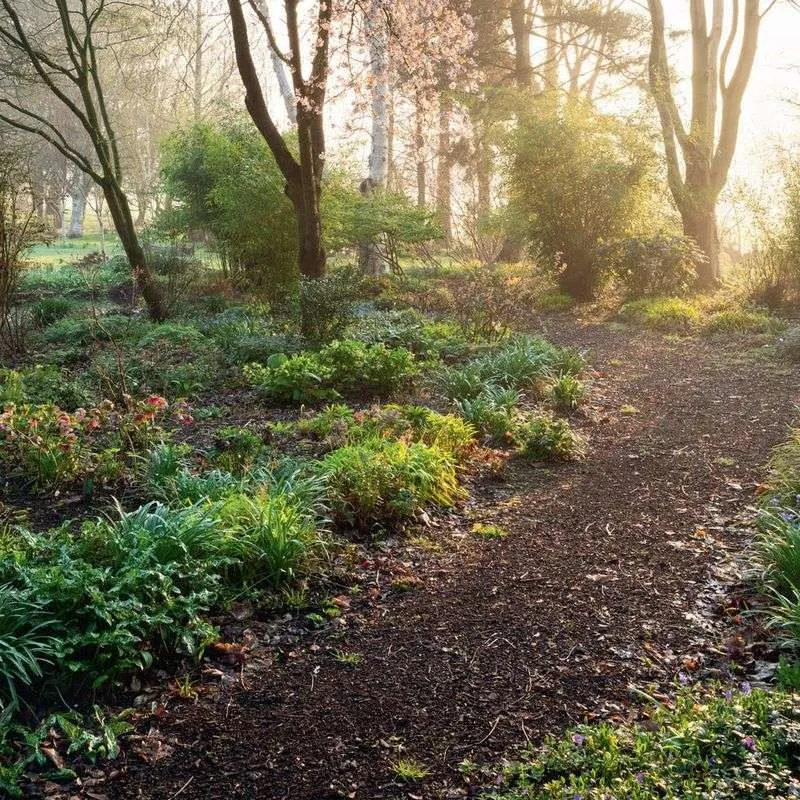
Creating a wildflower garden in a shaded area can be a rewarding challenge. Use shade-loving flowers like trilliums and violets to bring color and life to dim spaces. The interplay of light and shadow creates a mystical atmosphere, inviting you to linger and explore. These gardens often require less watering, as the canopy helps retain moisture. A layer of mulch keeps the soil cool and supports healthy growth.
By selecting plants that naturally thrive in low-light conditions, you ensure a vibrant display throughout the growing season. This peaceful retreat offers a quiet escape, enveloped in nature’s gentle embrace.
Coastal Beauty
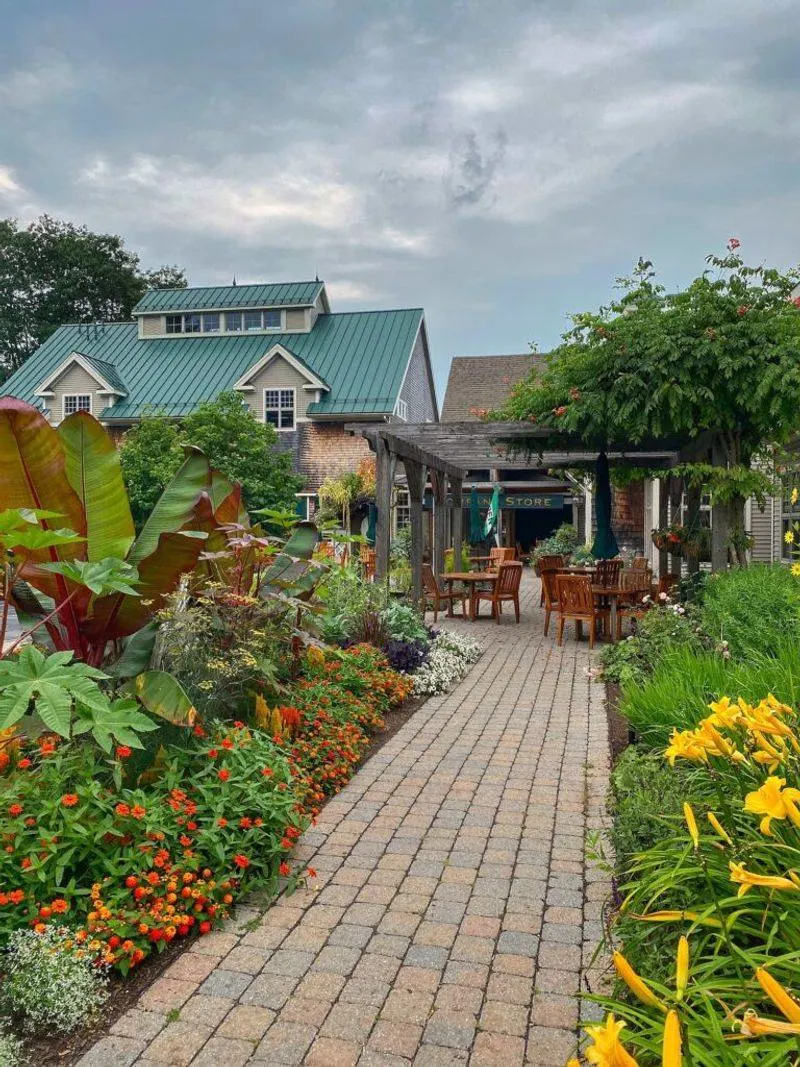
Gardening by the sea presents unique opportunities to cultivate wildflowers that thrive in salty, sandy conditions. Flowers like sea thrift and beach sunflower are excellent choices, adding splashes of color along the shoreline. These plants are inherently resilient, adapted to withstand strong winds and salt spray. Incorporating driftwood and shells as natural accents can enhance the coastal feel.
This garden style not only beautifies the landscape but also stabilizes the soil, preventing erosion. The proximity to the ocean ensures a continuous source of inspiration, with the ever-changing tides and skies providing a dynamic backdrop to your blooming sanctuary.
Vertical Wildflower Walls
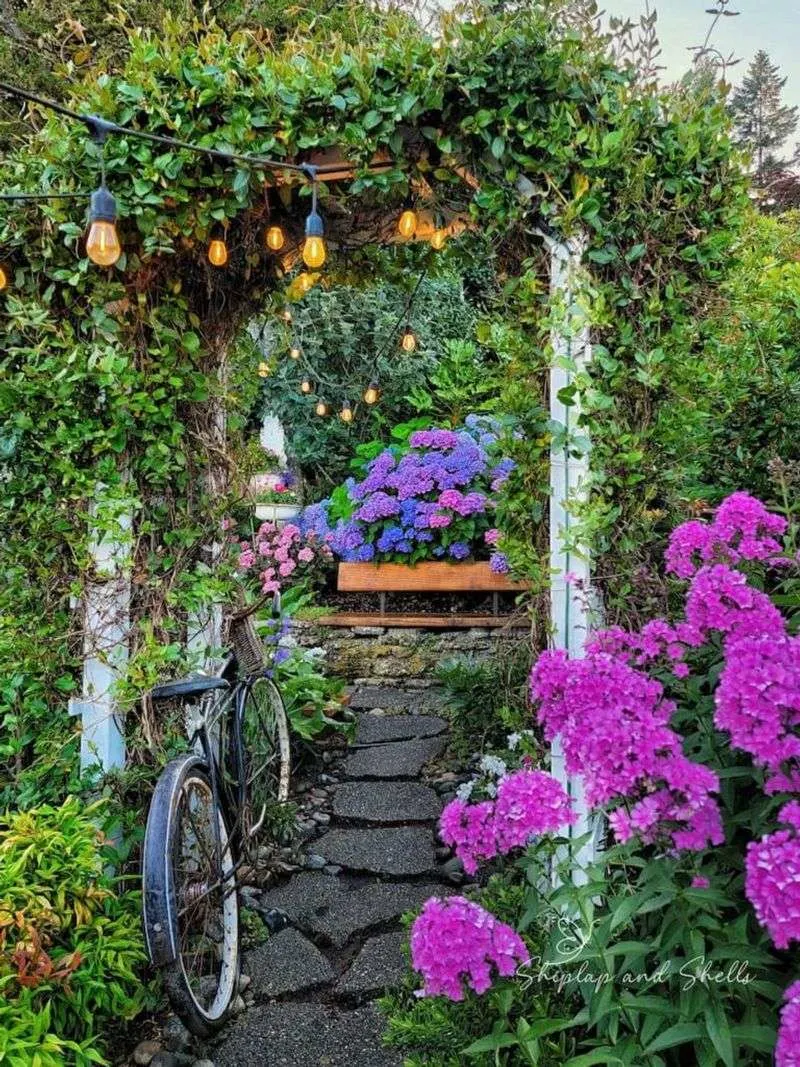
Urban gardeners can maximize space and creativity by embracing vertical wildflower gardens. This innovative approach involves growing flowers on a wall or trellis, enhancing small spaces with vibrant colors and textures. Plants like nasturtiums and sweet peas are ideal, offering cascading flowers that draw the eye upward.
This method not only beautifies walls but also insulates buildings and improves air quality. A vertical garden can transform a balcony or a small yard into a lush haven, providing a touch of nature in the city. Regular maintenance ensures healthy growth, rewarding you with a blooming masterpiece that defies gravity.
Pollinator Paradise
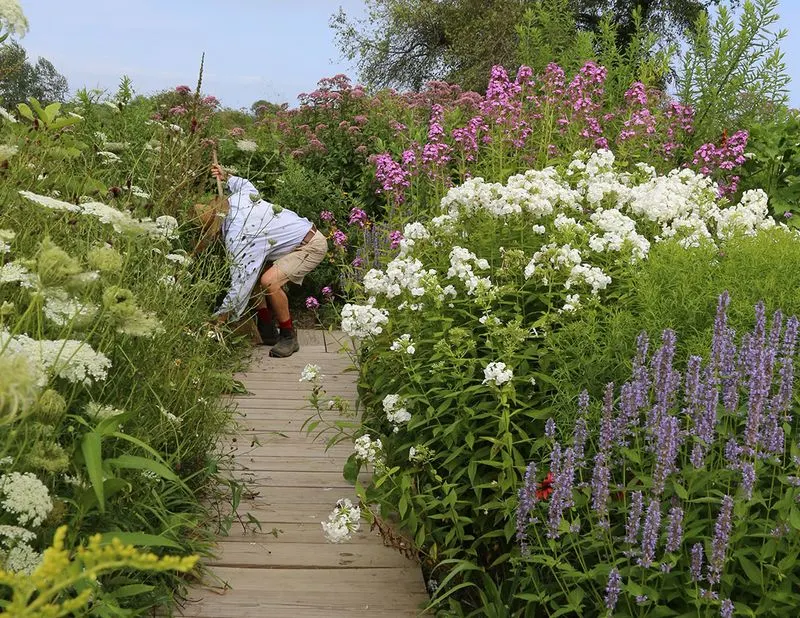
A garden buzzing with life is a testament to its ecological health. Planting wildflowers like lavender and bee balm supports pollinators such as bees and hummingbirds. Each flower offers nectar and pollen, vital resources for these important creatures. A diverse array of blooms ensures a continuous supply of food throughout the seasons.
In return, pollinators enhance the garden’s fertility, encouraging further growth and vigor. By providing shelter and water, you create a self-sustaining ecosystem that’s both beautiful and functional. This harmonious environment benefits not only the garden but also the broader landscape, demonstrating the power of natural synergy.
Historical Heritage Garden
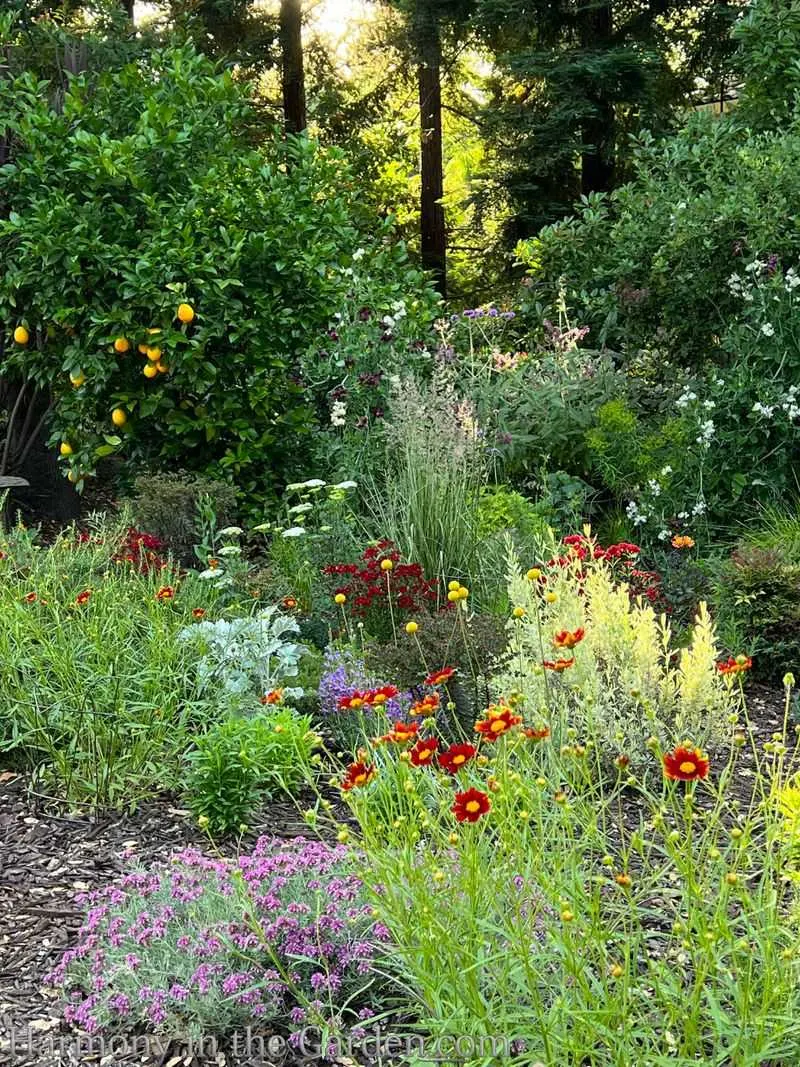
Celebrate history with a garden dedicated to heritage wildflowers. By selecting heirloom varieties, you preserve biodiversity and connect with the past. Flowers like hollyhocks and foxgloves, once common in Victorian gardens, bring a touch of nostalgia and elegance. Complement these blooms with period-appropriate structures, such as wrought iron fencing or vintage pottery.
This garden style offers an educational experience, allowing you to learn about historical horticultural practices. The combination of old-world charm and modern sustainability creates a unique space that honors tradition while embracing contemporary environmental values. It’s a living history lesson, vibrant and ever-growing.
Sculptural Desertscape
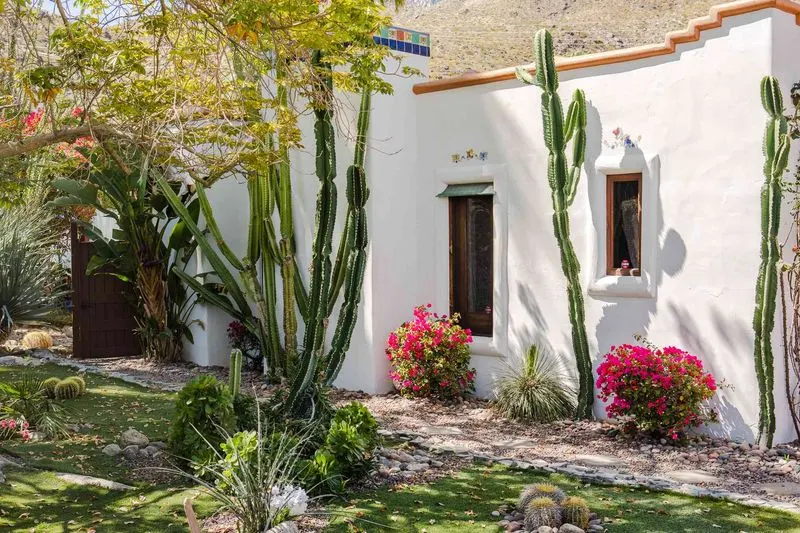
Incorporating sculptural elements into a wildflower garden can elevate its aesthetic appeal. By choosing plants with distinct forms, like agave and yucca, alongside colorful wildflowers, you create a striking composition. The contrast between sharp lines and soft petals draws attention, offering a dynamic visual experience.
This approach works particularly well in arid environments, where water conservation is key. Artfully placed rocks and boulders enhance the garden’s structure, providing focal points and pathways. A sculptural desertscape not only showcases the beauty of individual plants but also demonstrates thoughtful design, blending artistry with nature’s inherent grace.
Edible Wildflower Wonderland
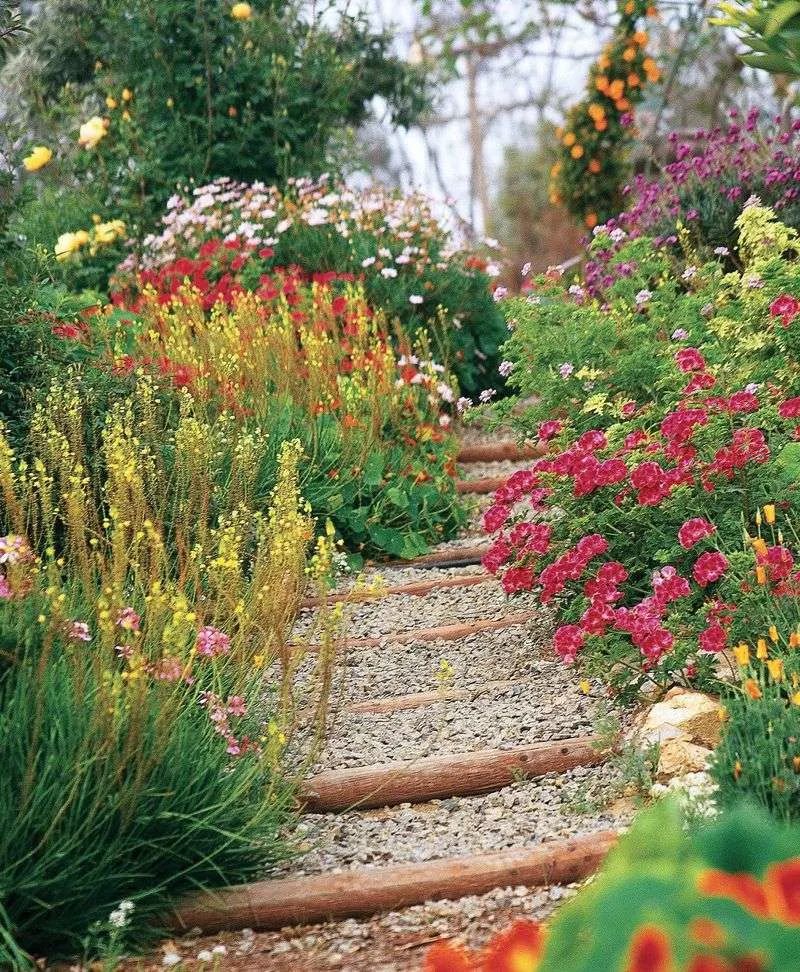
Combining beauty and functionality, an edible wildflower garden offers a feast for the senses. Plants like borage and calendula provide eye-catching blooms that are also delicious additions to salads and desserts. This type of garden encourages experimentation in the kitchen, with each flower offering unique flavors and textures.
Beyond culinary uses, these flowers attract beneficial insects, enhancing the garden’s health and productivity. A carefully planned edible garden can reduce the need for artificial pesticides and fertilizers, promoting a more sustainable lifestyle. Delight in the dual purpose of these plants, nurturing both your garden and your palate.
Zen Wildflower Garden
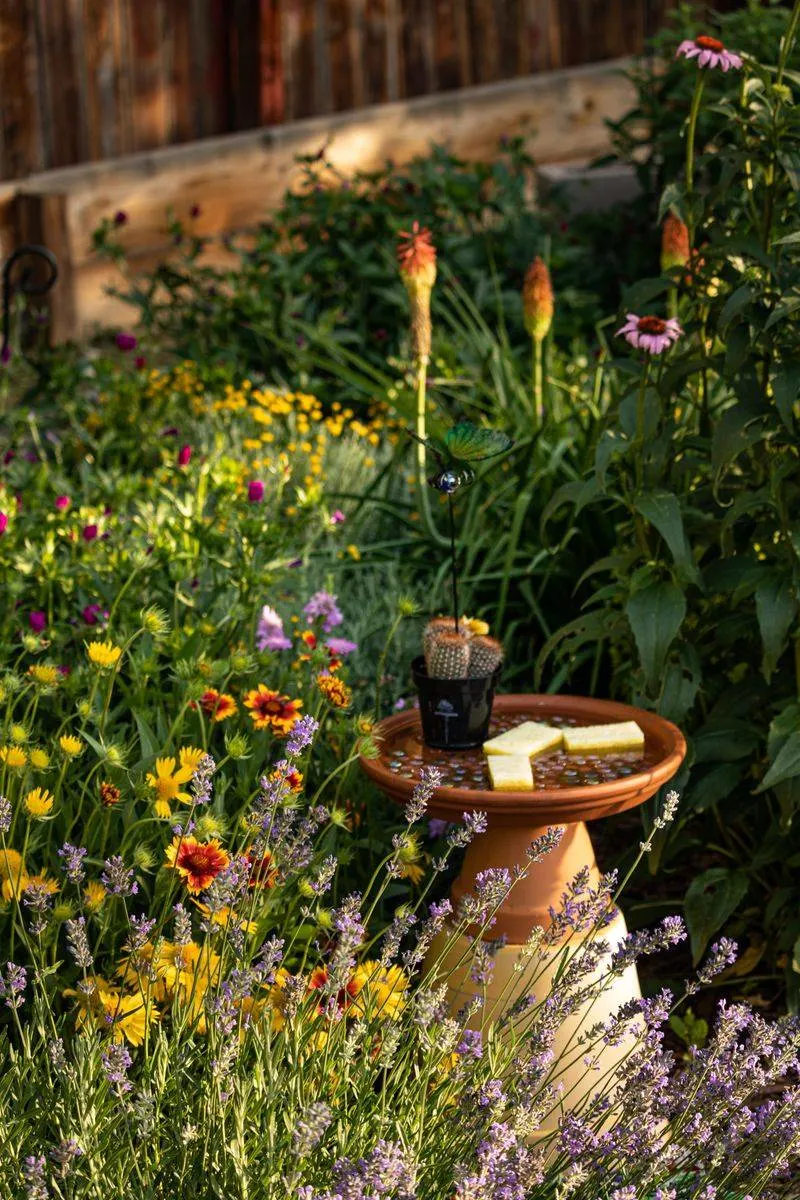
A Zen-inspired wildflower garden focuses on harmony and tranquility. By using a limited palette of colors and textures, you create a serene atmosphere that encourages reflection. Carefully chosen wildflowers, like white asters and bluebells, provide subtle beauty without overwhelming the senses.
The use of natural elements, such as rocks and gravel, complements the plants and enhances the garden’s meditative quality. Regular maintenance, including weeding and raking gravel, keeps the space orderly and calming. This minimalist approach to gardening emphasizes the beauty of simplicity, offering a peaceful retreat from the chaos of modern life. It’s a sanctuary for the mind and spirit.

